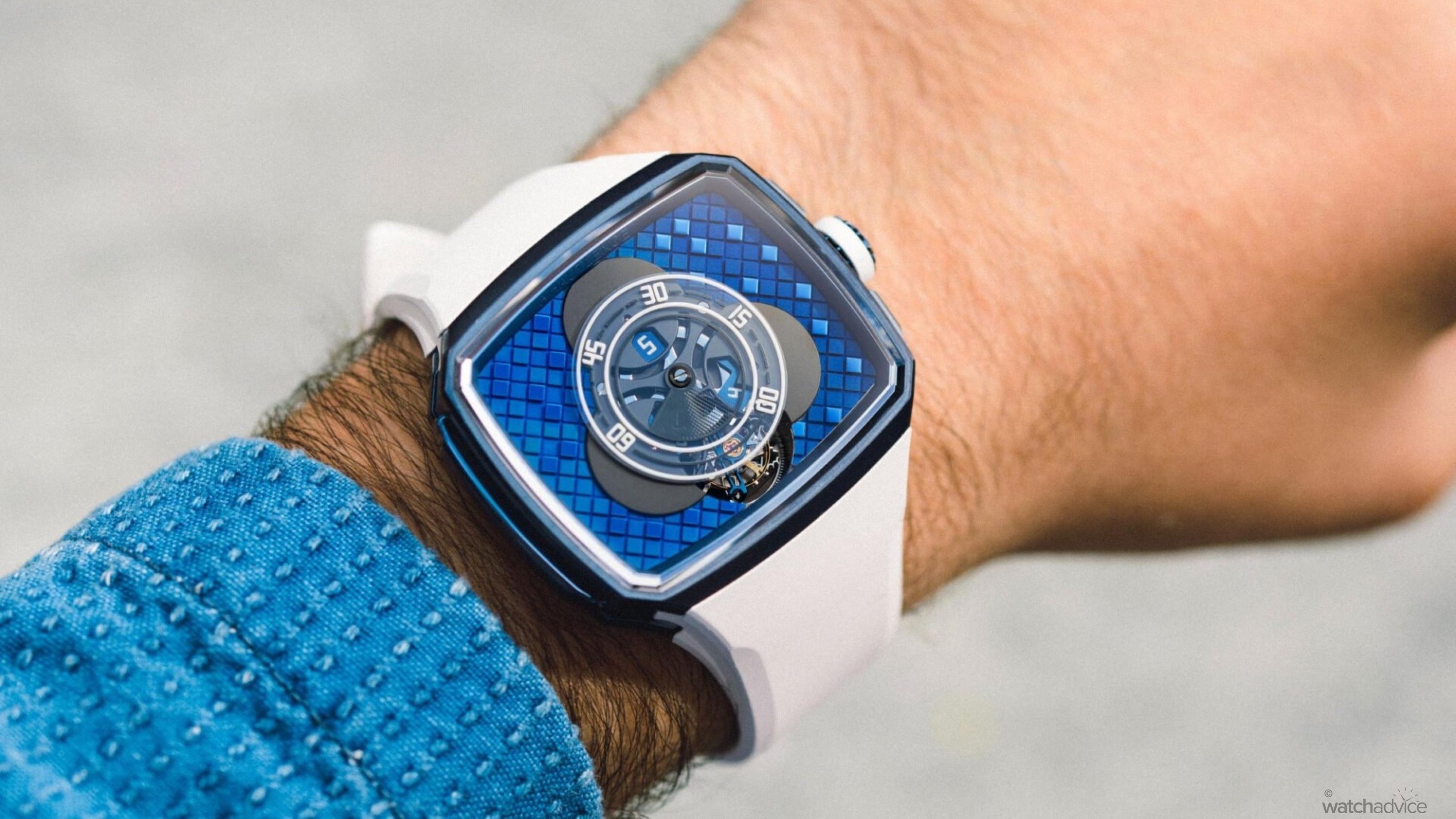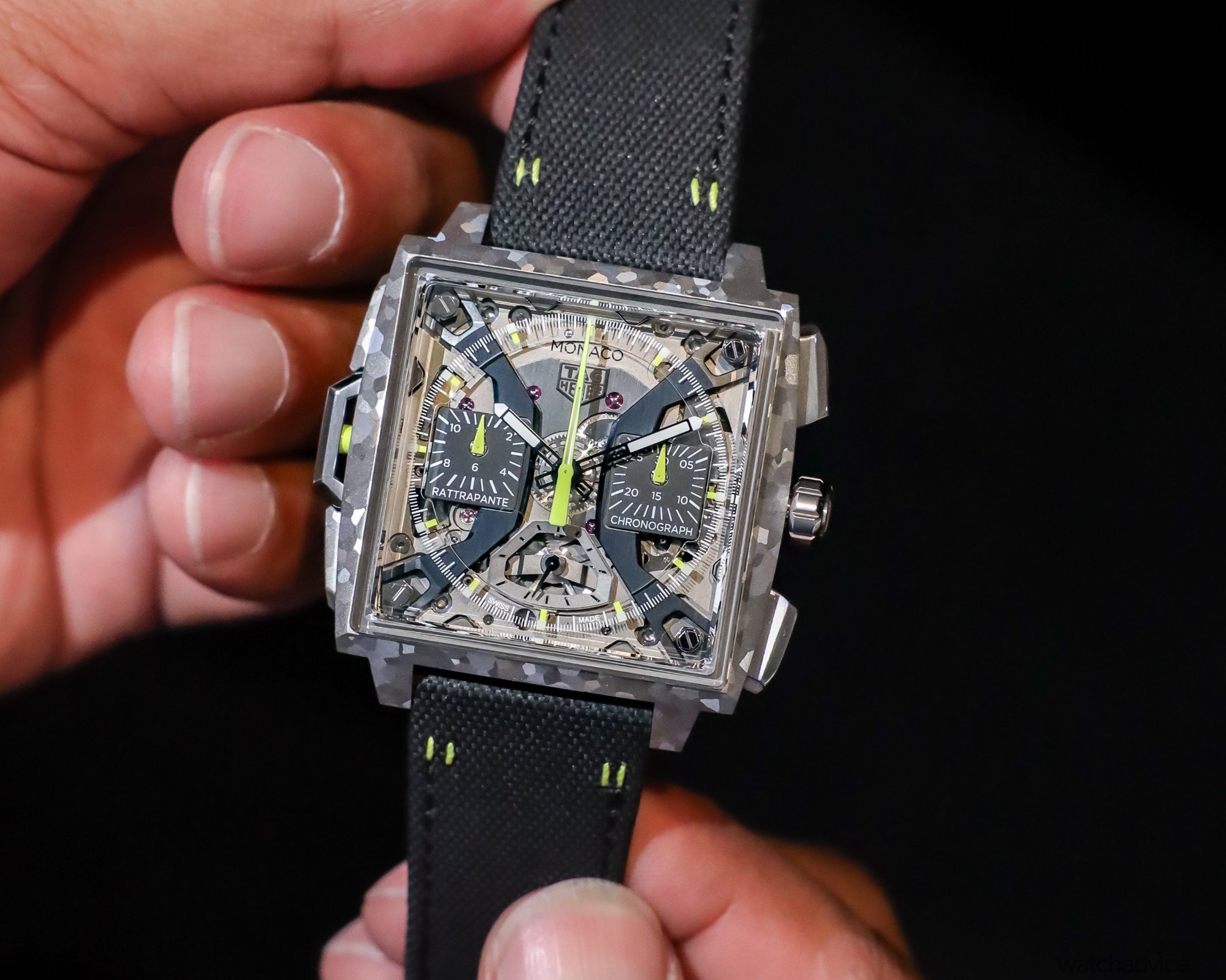As they do, trends come and go. It’s simple economics: scarcity drives demand. So with minimalist designs now omnipresent, has the time finally come for watchmaking to get louder?
In recent years, we’ve swung back towards tradition. Everyone and their dog want that ‘quiet luxury’ aesthetic, associating refinement with modesty and minimalism. But when everyone starts doing the same thing – especially in the era of ‘performative’ aesthetics – there’s been a resurgence of interest in the opposite; Bold, maximalist designs that have been creeping back into the spotlight.
It’s been a big hit in the fashion world, but we’ve also come to see it pop up in the watch industry too. With the threat of sameness looming just around the corner, it begs the question: is horology ready to get adventurous again?
Party’s Over
Back in the 2010s, the call for minimalist design was justified. It was a period of daring experimentation for some, but considered a ‘dark age’ of watch design for most others. Customer demands and preferences were confused, watches were getting bigger – and not necessarily better – and brands’ ambitions felt desperate rather than thoughtful.
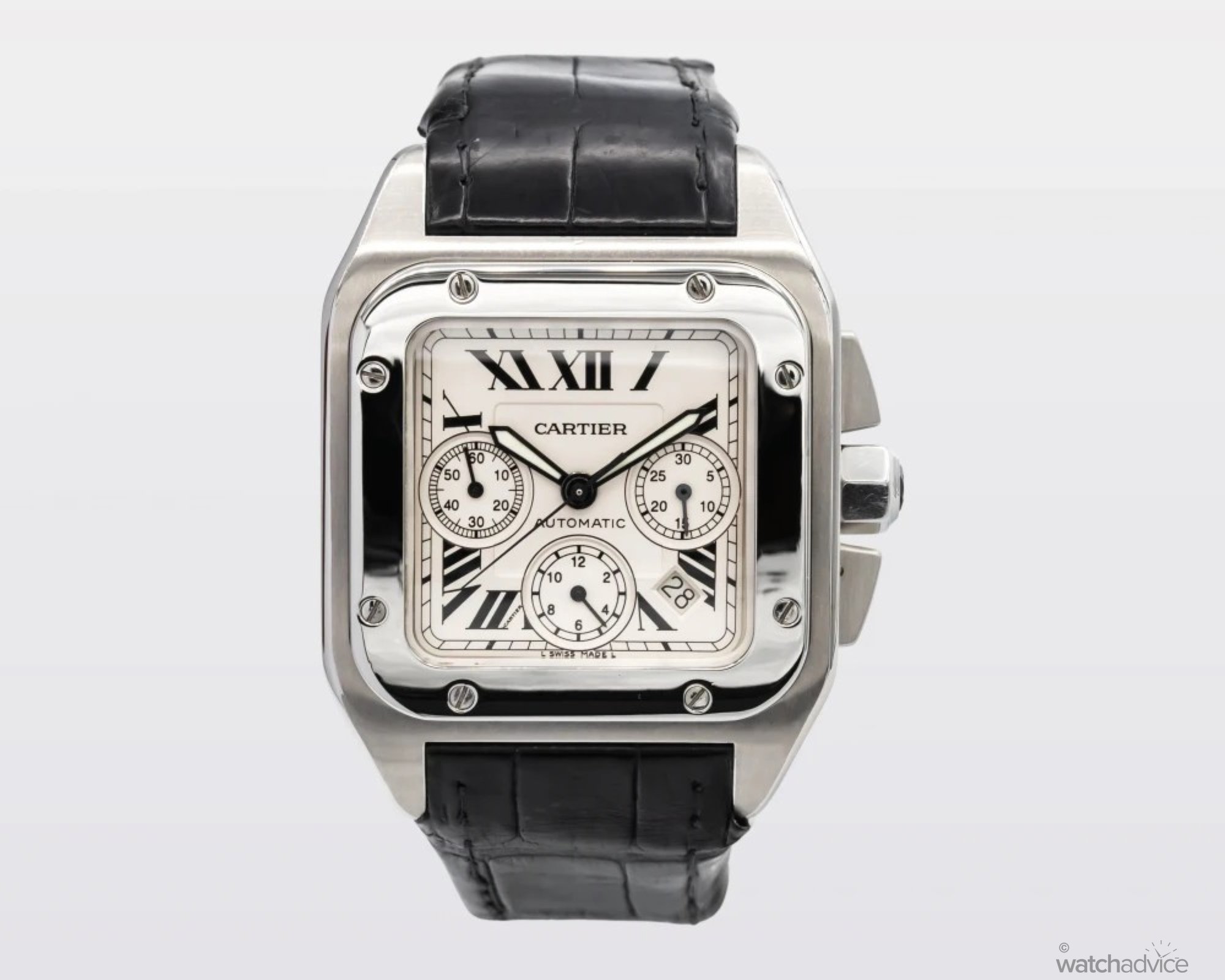
So, the market pushed back, and the watch industry changed. This time, they turned to subtraction instead of addition, setting aside superfluous elements and super-sized cases. Some brands, like Panerai and Roger Dubuis, stayed the course, while most others welcomed restraint.
The minimalist shift, to its credit, delivered real value. Archival cues, Bauhaus inspirations, and the in-trend ‘old money’ style became key factors in informing new designs. It worked, as most consumers delighted in this safe, professional, and timeless return to form.
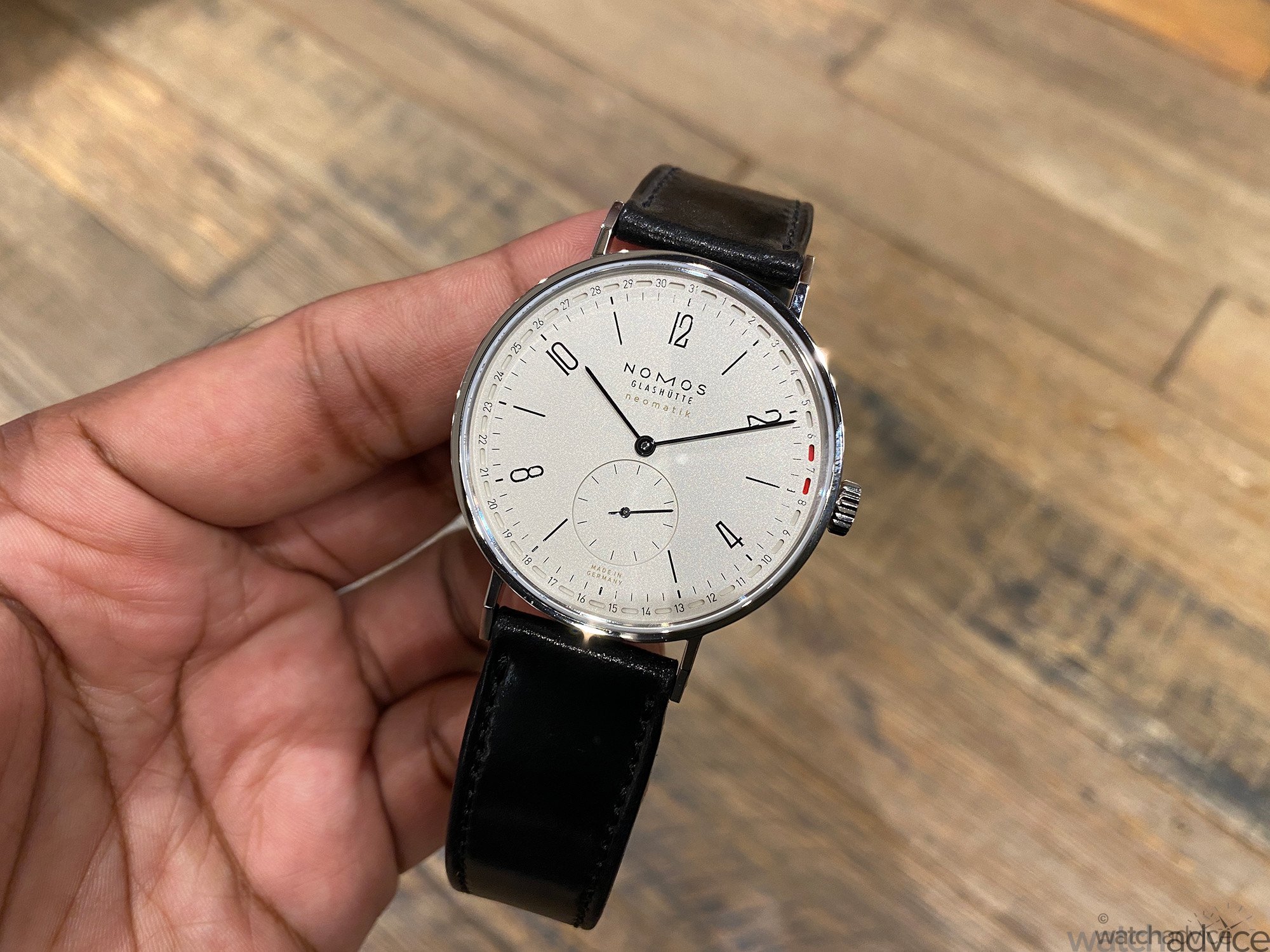
But as time went on, a lack of self-expression within the industry became apparent. Brands returning to form took it seriously… too seriously. The sterility of minimalism, while once elegant, now felt intimidating and, well, somewhat boring. “All work and no play makes Jack a dull boy,” after all.
Nike captured a similar truth in its Risk Everything campaign. The ad, The Last Game, imagined a world where footballers never took risks — every move perfect, every pass flawless. But the result wasn’t inspiring; Without risk, there’s no tension, no joy, and no beauty in the unexpected. Watchmaking faces the same challenge.

That’s not to say watch brands aren’t taking risks anymore. Even early adopters of minimalism’s return have provided unique takes on timekeeping. But it almost seems like gestures are now being recycled: ‘breaking’ rules that had already been broken; touting ‘world firsts’ with a litany of technicalities; and ‘groundbreaking innovations’ that existed long before.
Minimalist watchmaking isn’t going anywhere. It introduced many new enthusiasts to the watch world, and its discipline and elegance are invaluable. But as brands lean on it more, they have begun to sacrifice their individuality for the cause. And somewhere along the way, watchmaking lost a bit of its fun.
Let’s Get Loud
The re-introduction of maximalism in the watch space is both welcome and necessary. To break up creeping banality in design, maximalism does exactly what it says: turning everything up to the max.
‘More is more’ is straightforward, sure, but not without risks; Go too far, and you’re met with tacky excess. That’s why maximalism is often misunderstood: Dismissed as loud and gaudy, when really, it’s more nuanced. Maximalism is not chaos; Every additional element must be carefully considered.
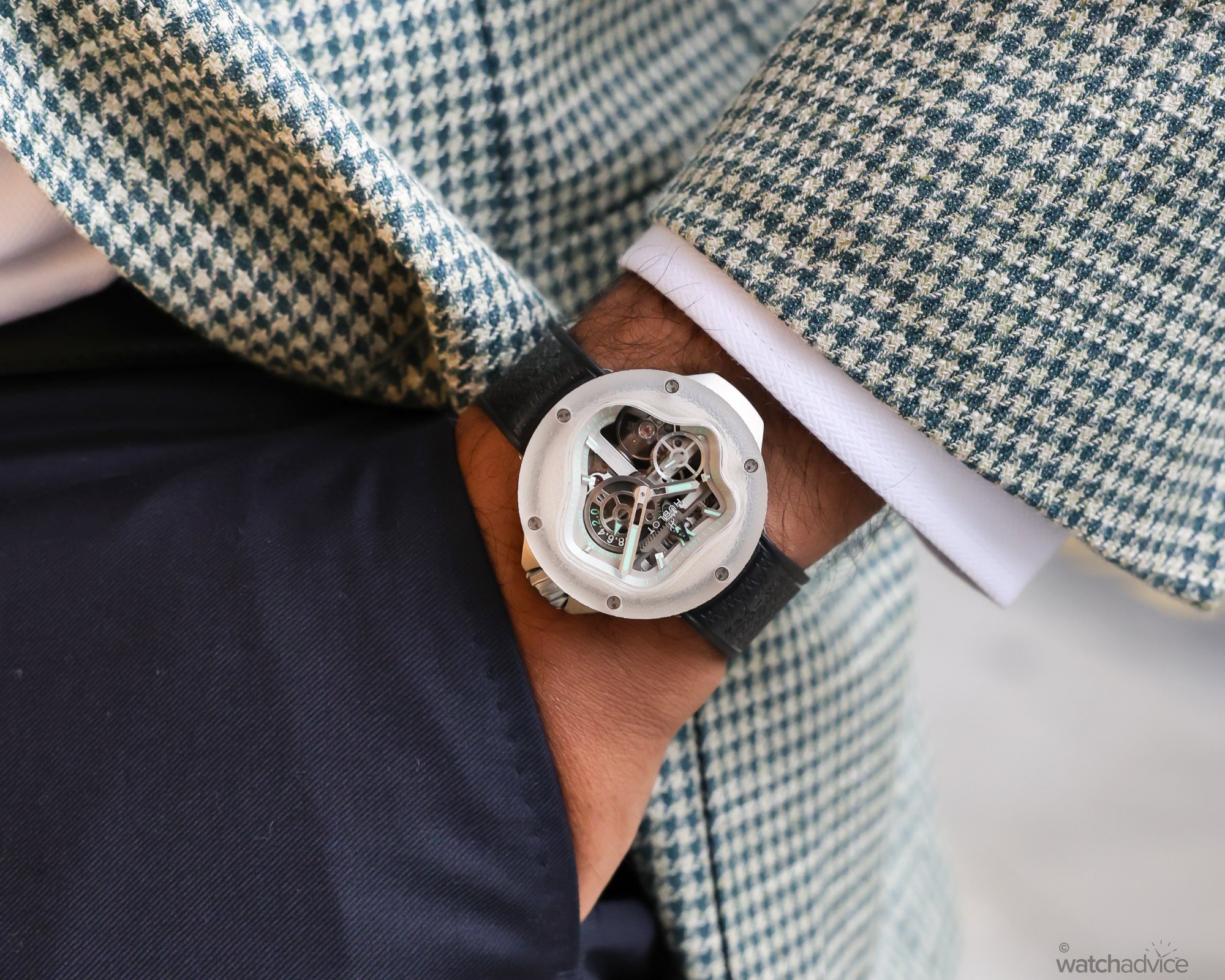
It’s all to do with the attitudes they represent. Minimalist watches blend into the wearer, but maximalist pieces do the opposite: Talking when the wearer doesn’t. They’re the ultimate icebreakers, conversation starters, and proudly states the wearer’s unique personality. Whether playful, grandiose, eclectic, or eccentric, the nature of a maximalist watch is almost always personal to the wearer.
And beyond telling the time, you can guarantee they are bought for belonging. In the same way that Birkins, Supras, and Swifties have their own, passionate circles, the fanbases of maximalist watches are niche but passionate, united by enthusiasm. This is echoed by Matthieu Haverlan, Managing Director of Ulysse Nardin.
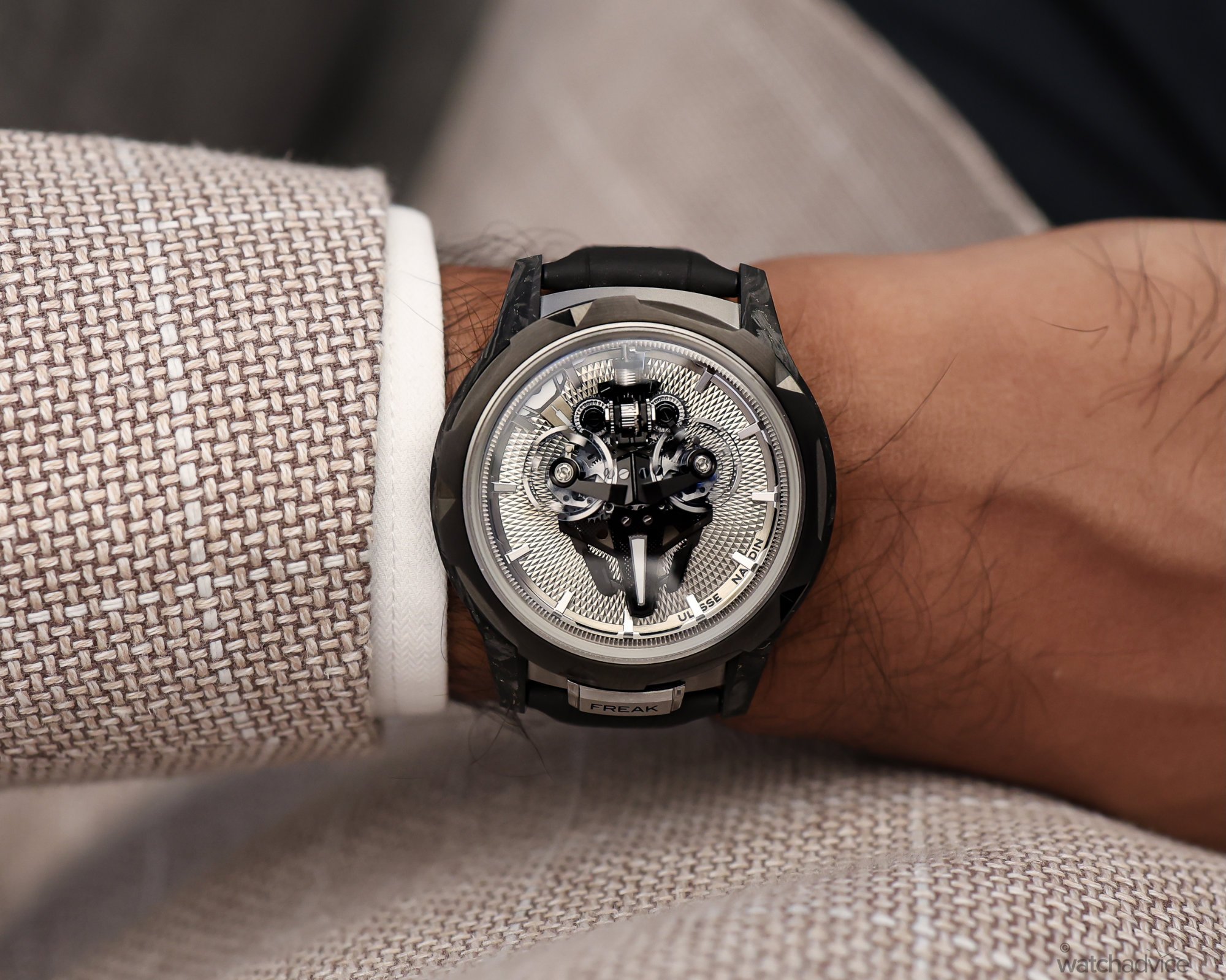
“I want Ulysse Nardin to become the most badass luxury watch brand, to be cool, to be sexy; But I also want it to be polarising,” Haverlan remarks. I don’t want people to talk about Ulysse Nardin and all they have to say is ‘Oh, Ulysse Nardin, their watches are nice.’ I want them to say ‘wow, I wish I had a Freak,’ for instance, or say ‘Ulysse Nardin? No thanks, it’s not for me.”
Where minimalism can feel like the private club, maximalism thrives on shared joy and enthusiasm. In the age of Instagram, Youtube, TikTok, and more, it’s only amplified further; It’s far more fun to light up a screen with a bold, unusual watch than with another near-identical minimalist design. Knowing what we know now, though, the industry can apply lessons learned through minimalism to create enduring yet more adventurous timepieces.
To The Max
While minimalism and maximalism are usually diametrically opposed, in the watch industry they are two sides of the same coin. History has proven both belong in horology, from the Junghans Max Bill to the flamboyant pocket watches owned by noblemen of old. So, both should be taken seriously as genuine exercises in design and craftsmanship.
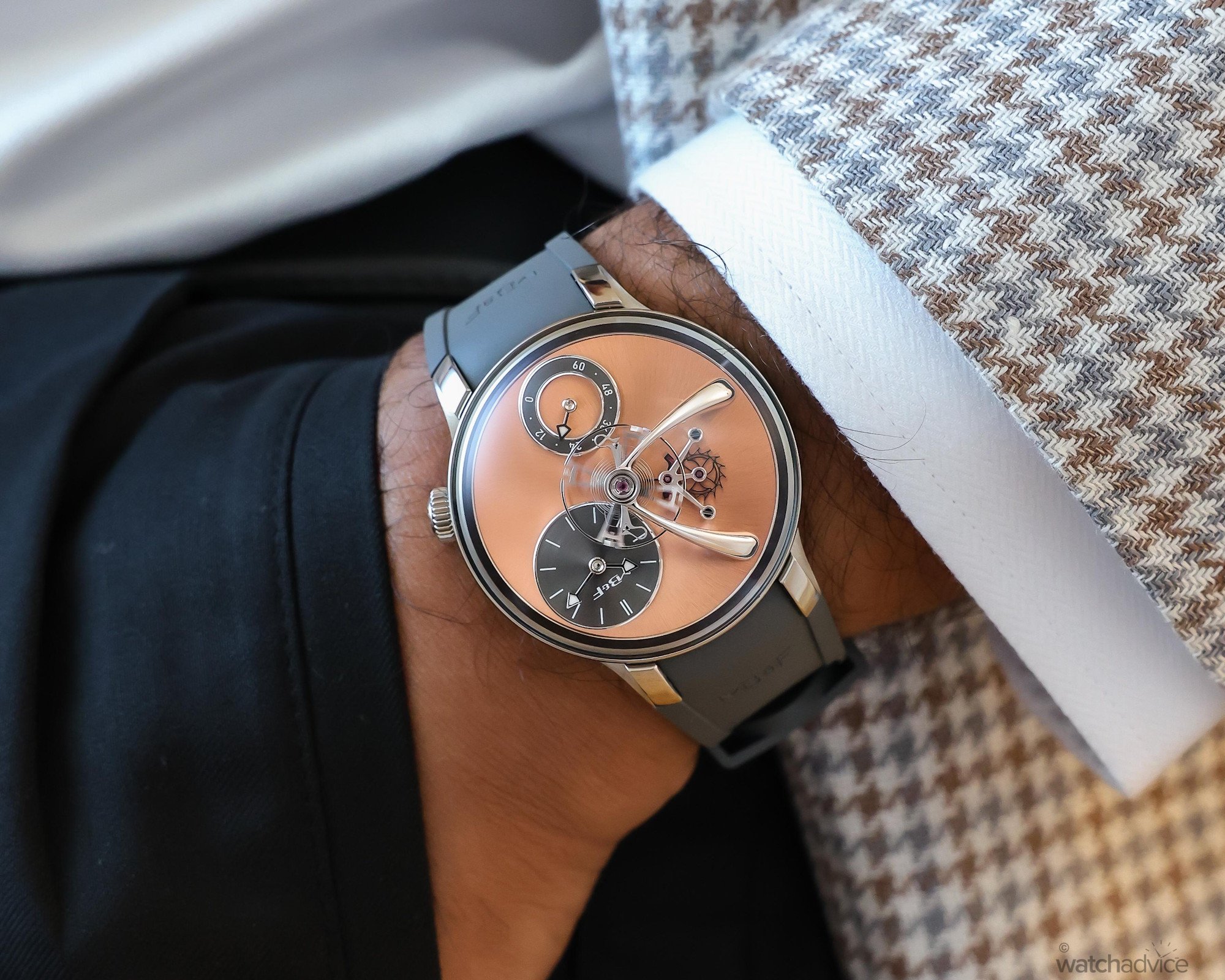
Of course, traditional maximalism has its champions. I previously mentioned Roger Dubuis and Panerai, two names I usually think of when it comes to maximalist watchmaking. Other brands, such as Hublot, MB&F, and Jacob & Co., aren’t far behind either. But almost every brand has their own avant-garde vice; Just look at Rolex’s Rainbow Daytona, or any watch in the Hublot catalogue.
There is no ‘my way or the highway’ anymore. The rapid pace of culture has led to a more democratised world. As a result, maximalist watchmaking is positioned bring back the joy, creativity, and individuality the watch world has been missing, without the excesses of the past.
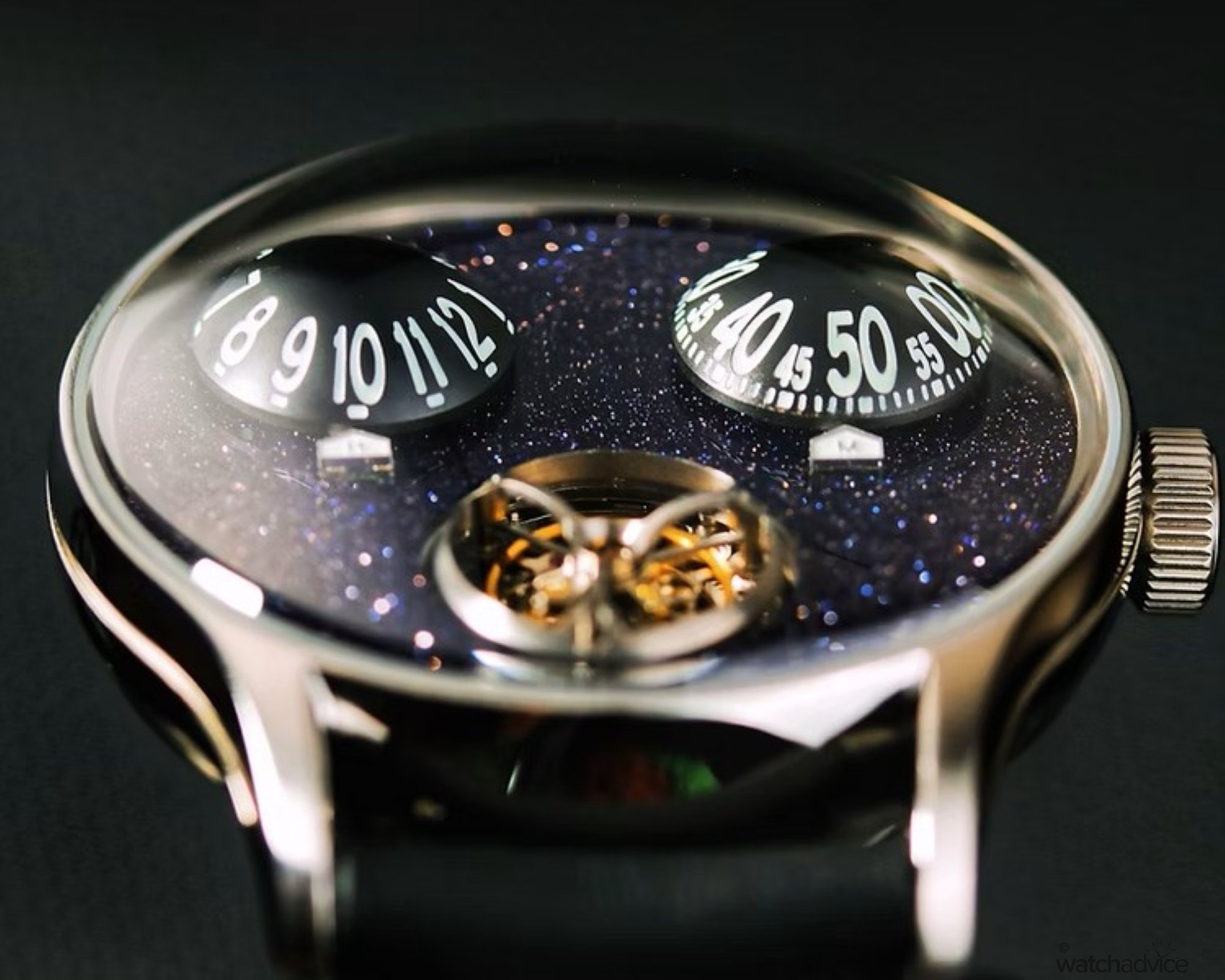
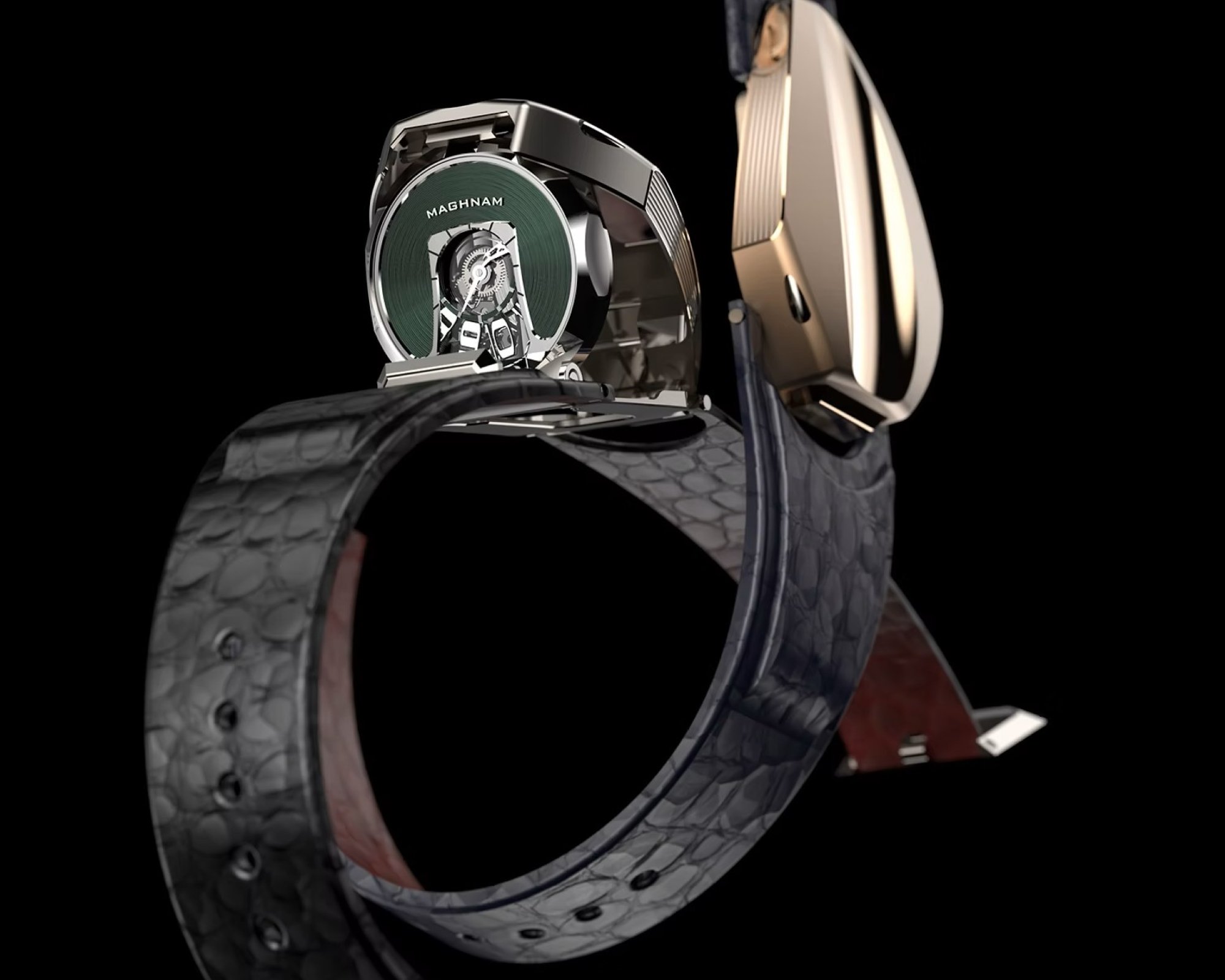
Fashion, as always, is ahead on this cycle, where designers like Jacquemus and Iris Van Herpen garnering acclaim for their daring creative visions. Watches have been following suit, with unusual complications, case shapes, and reimagined layouts that change the way we tell the time. For example, digital time – mechanical, not electronic – has become a popular staple, with other abstract inspirations also informing new designs.
These experiments hint at what you might be able to call ‘minimalist maximalism,’ which elegantly marries these unconventional elements with the restraint and craftsmanship learned through minimalist principles.
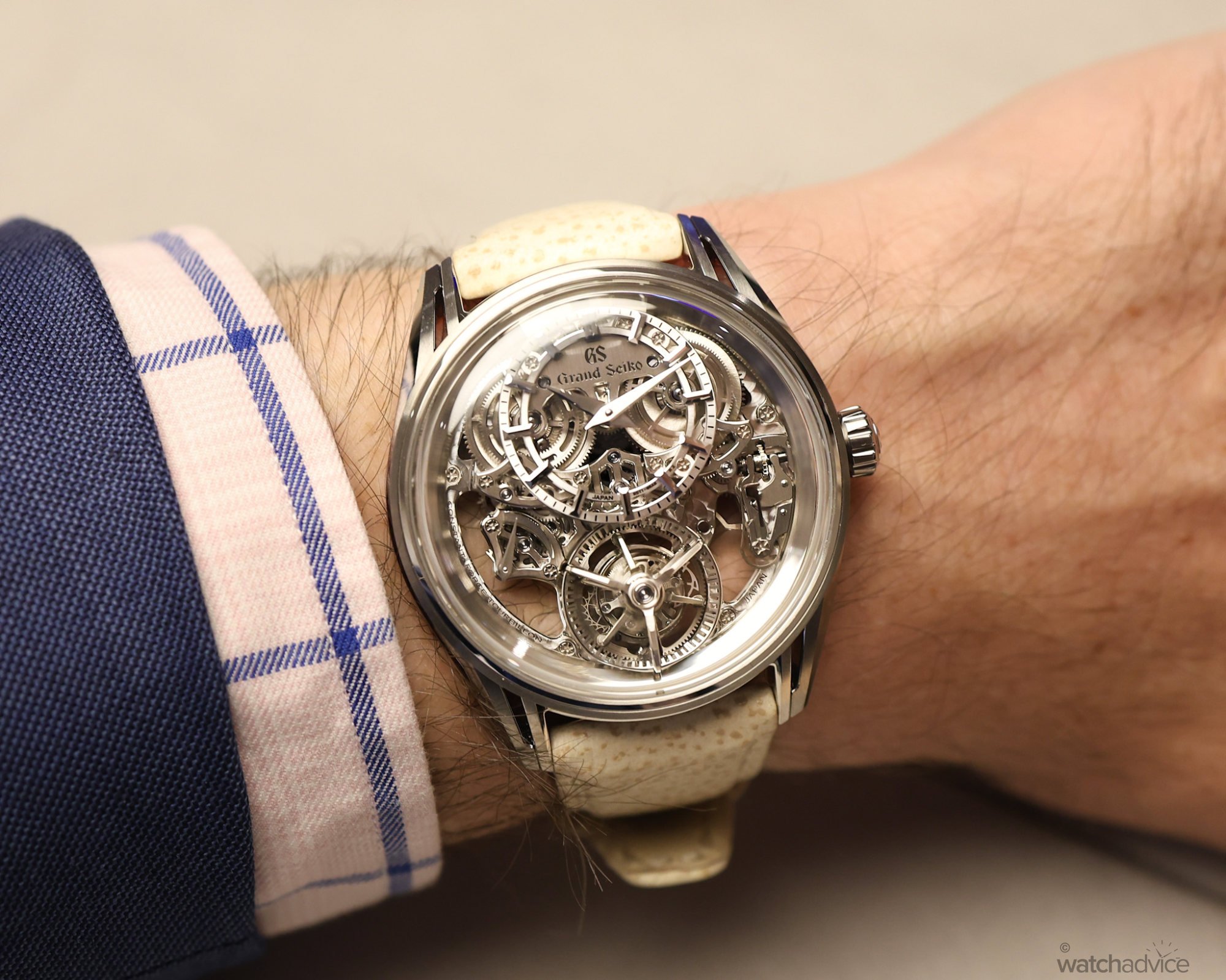
Final Thoughts
Watch trends are less ephemeral than their fashion counterparts. Where clothing can vanish after a single season – to the chagrin of those (me) who can’t afford it at that moment – watch designs stick around. Icons like Royal Oak or the Santos show this, but even newer designs rarely become obsolete overnight. In the watch world, you’re more likely to reminisce on long-discontinued references than fear one will suddenly disappear. To that end, horology has an advantage: it can appeal to a wide spectrum of tastes all at once.
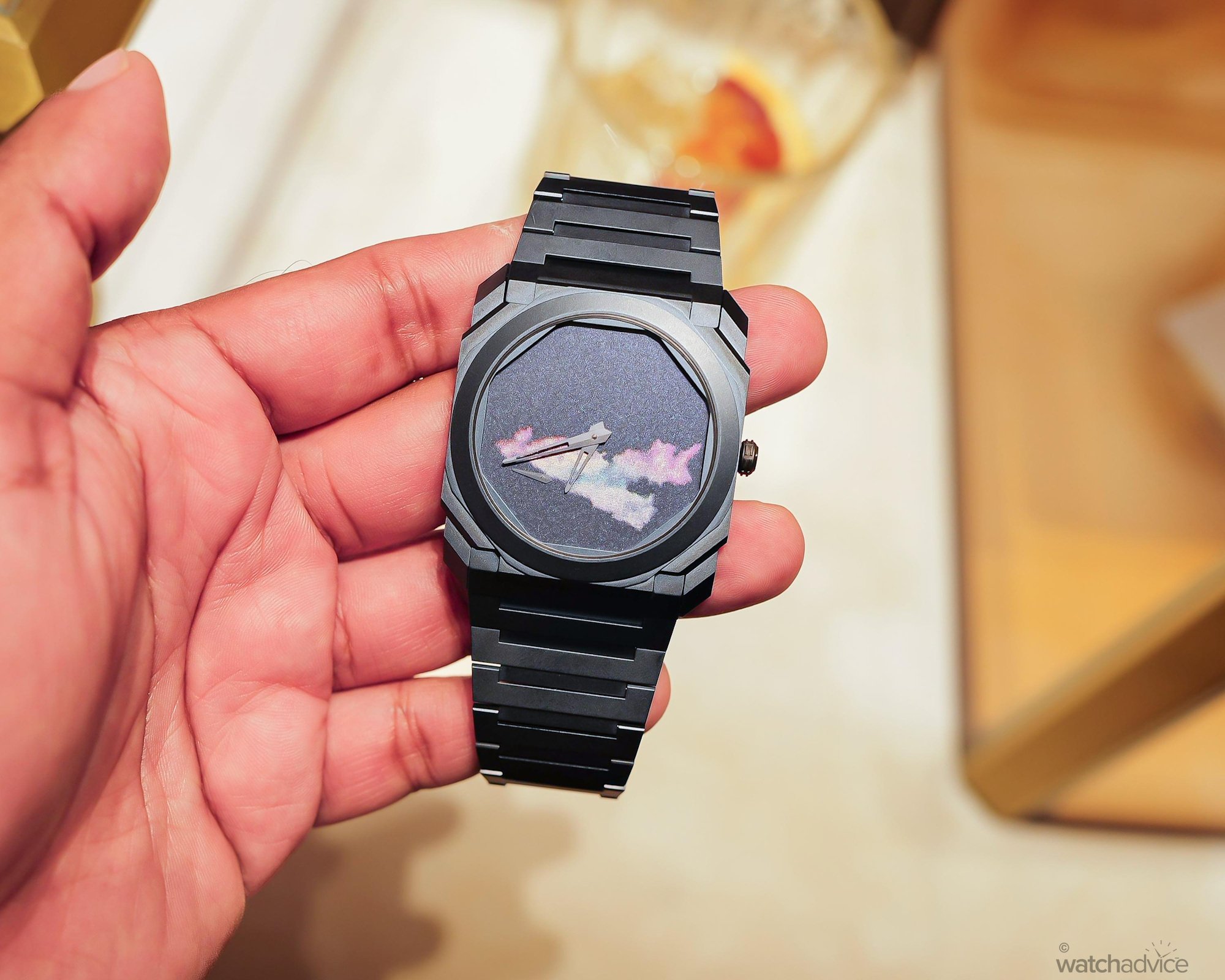
So, watchmaking’s switch from minimalist reservation to maximalist expression carries very little risk – and a whole lot of potential. Interest in watchmaking has hit a fever pitch, not just for their resale value but also for their anachronistic charm. It’s one of few ‘redundant’ items of the world that can still make you feel, like stepping on the gas of a Ferrari F40 or dropping the needle of a vinyl record.
The discipline of minimalism must be harmonious with the energy of maximalism, to craft masterpieces that are as ambitious as they are graceful; ‘minimalist maximalism.’ I believe that this is what lies ahead for watchmaking’s future: Not just addition or subtraction but dividing the best of both for the multiplication of joy.
But what do you think? Is a call for louder designs justified, or is the watch industry good where it is right now? If there’s a detail we missed – or if you have any questions, comments, suggestions, or even complaints – be sure to let us know on our Instagram!


